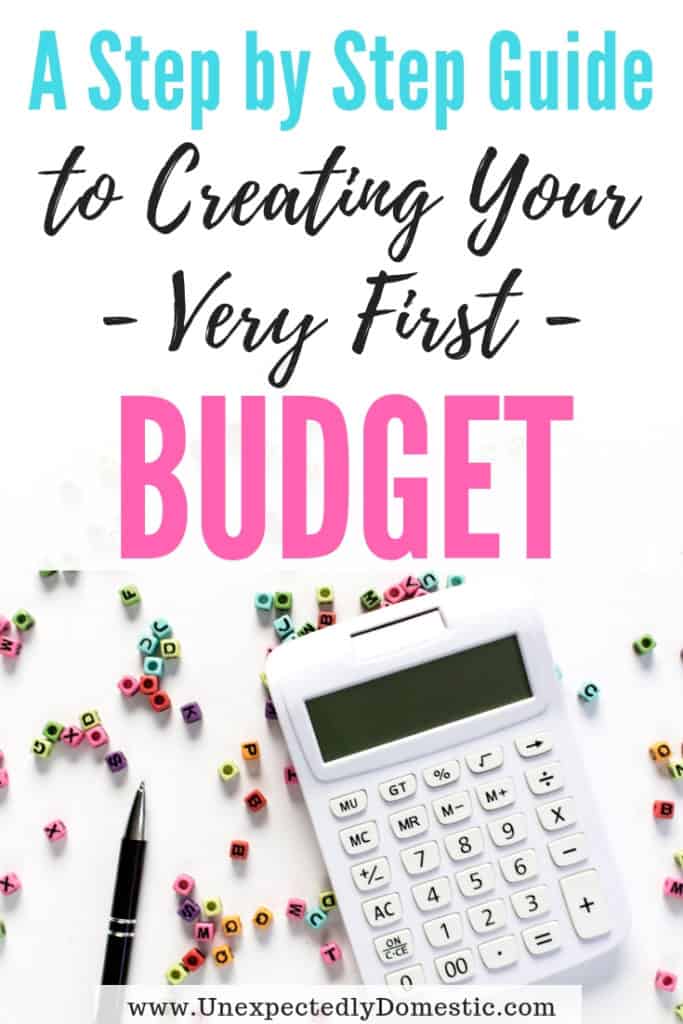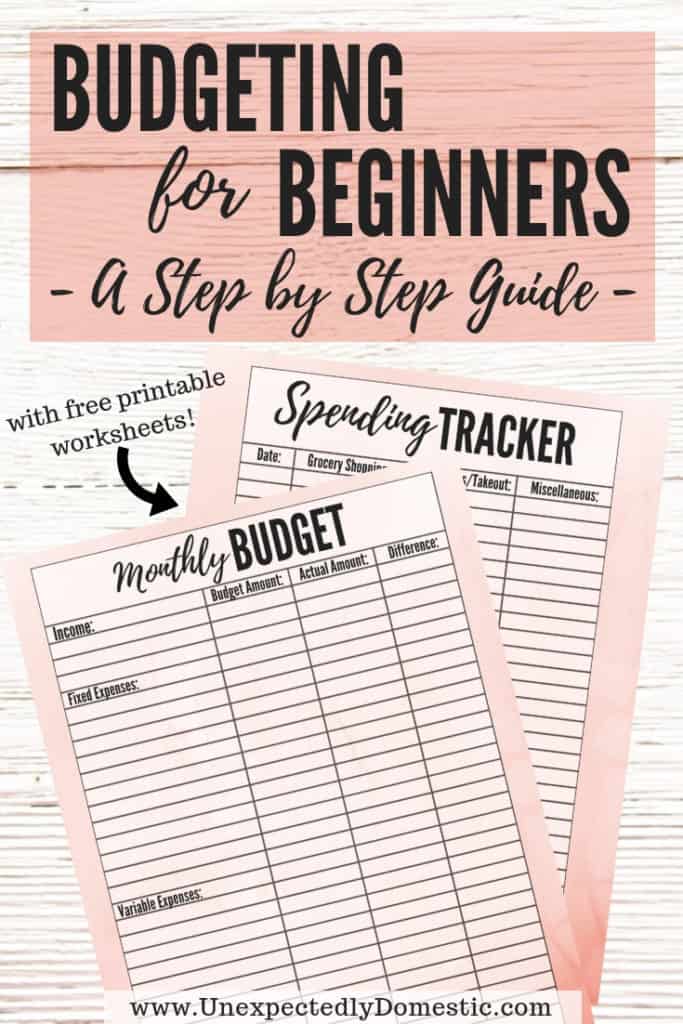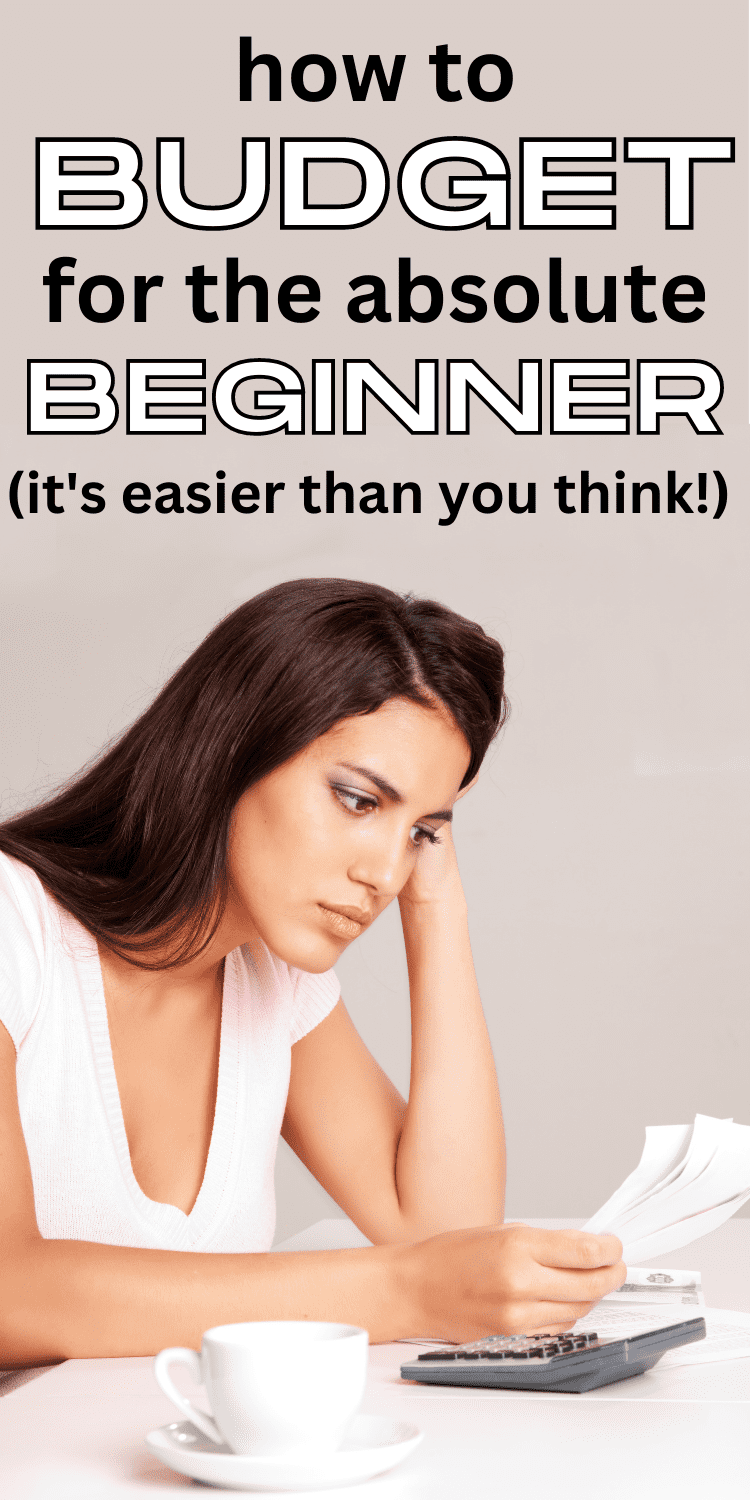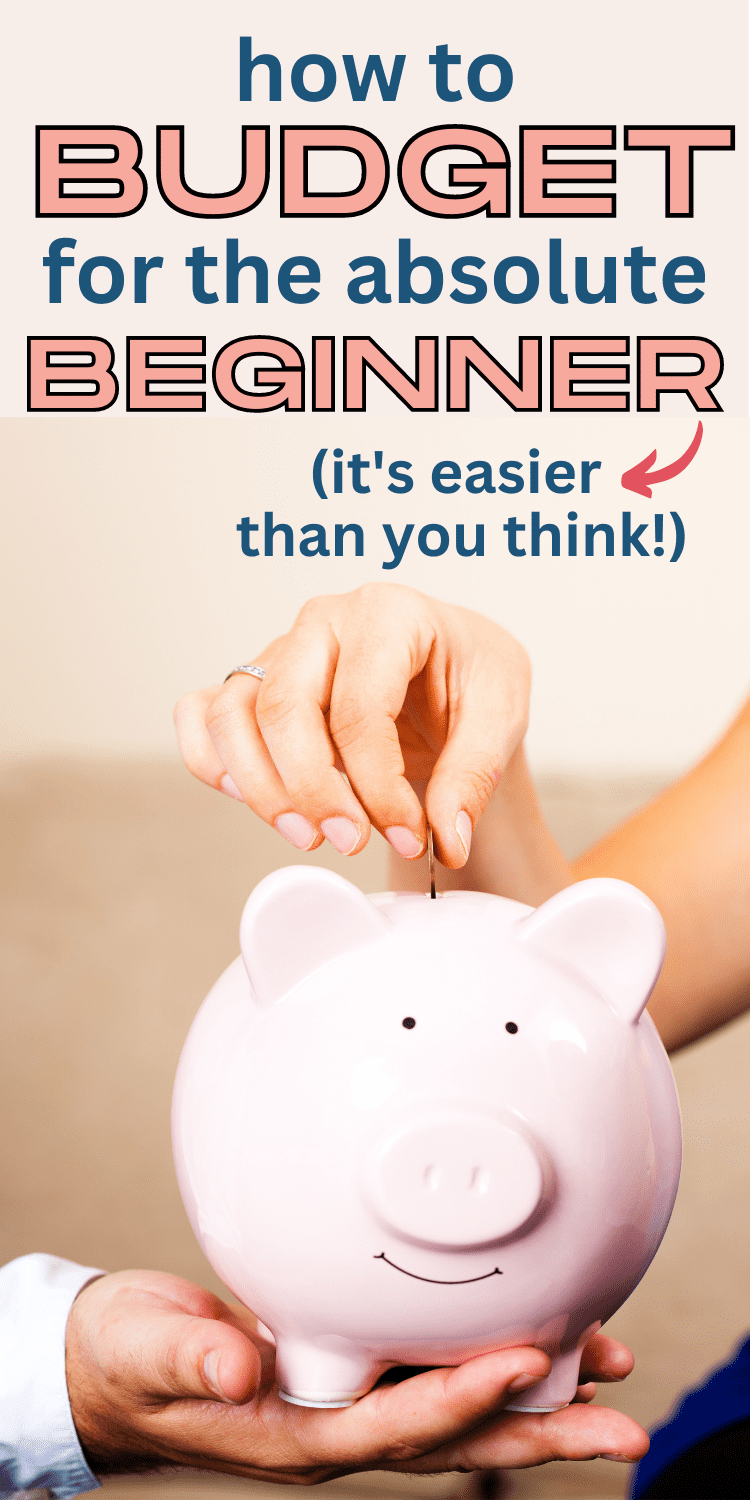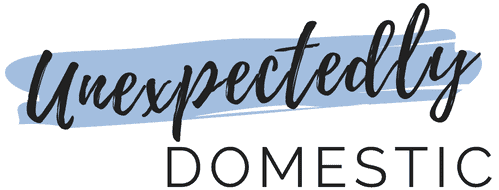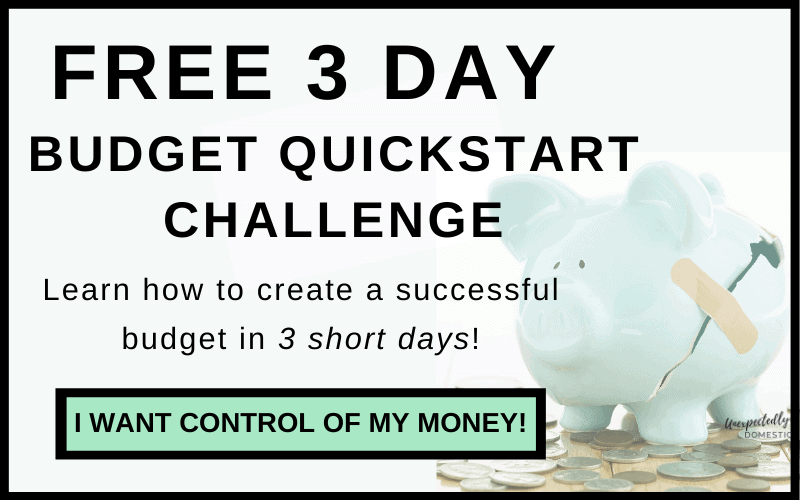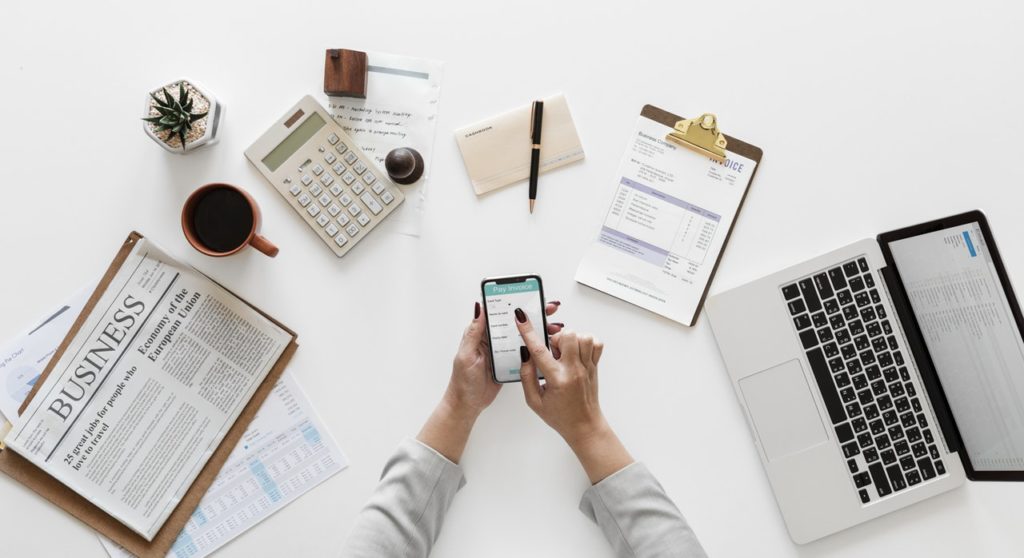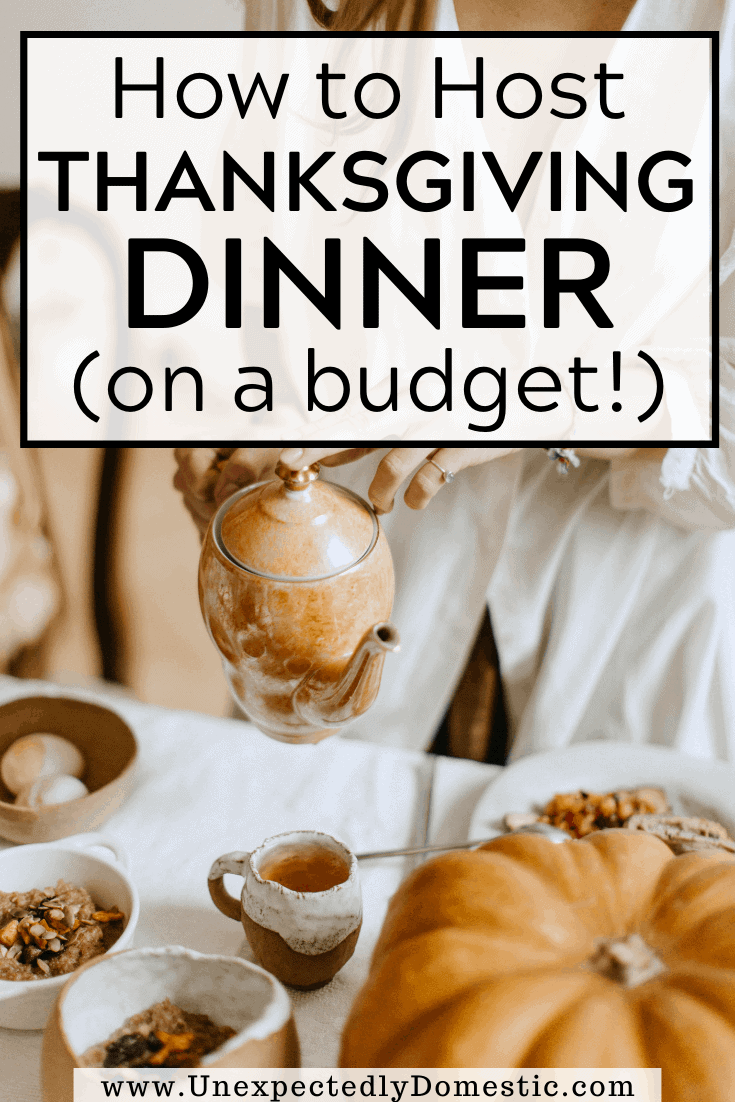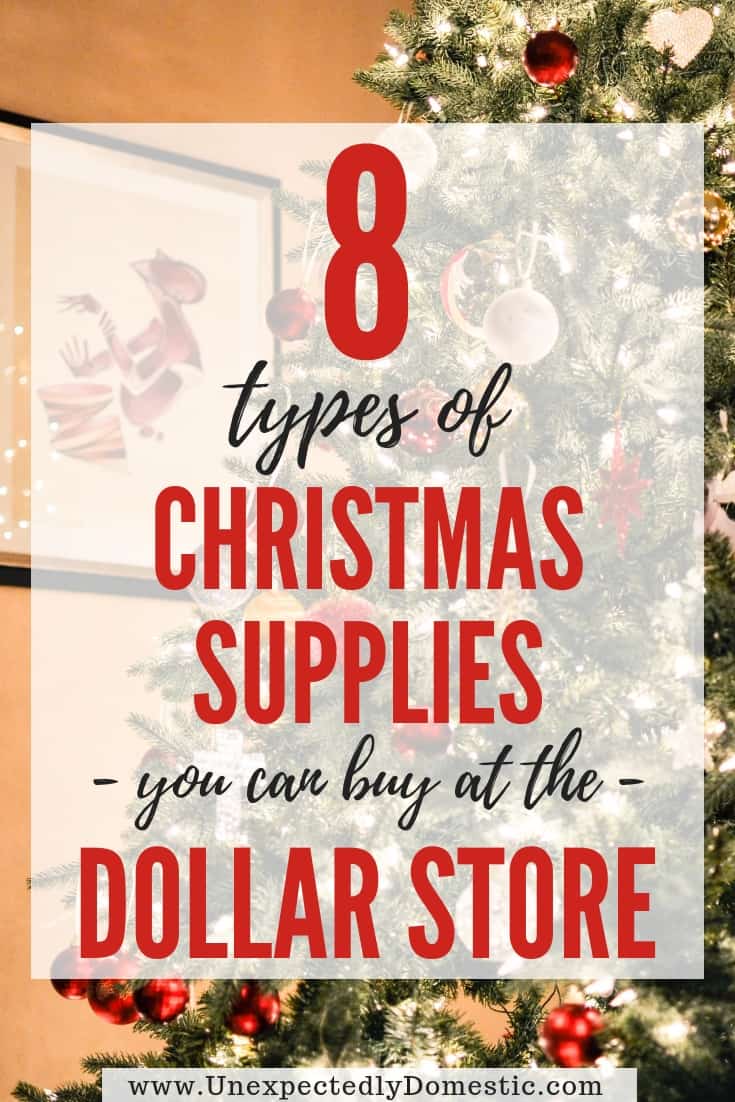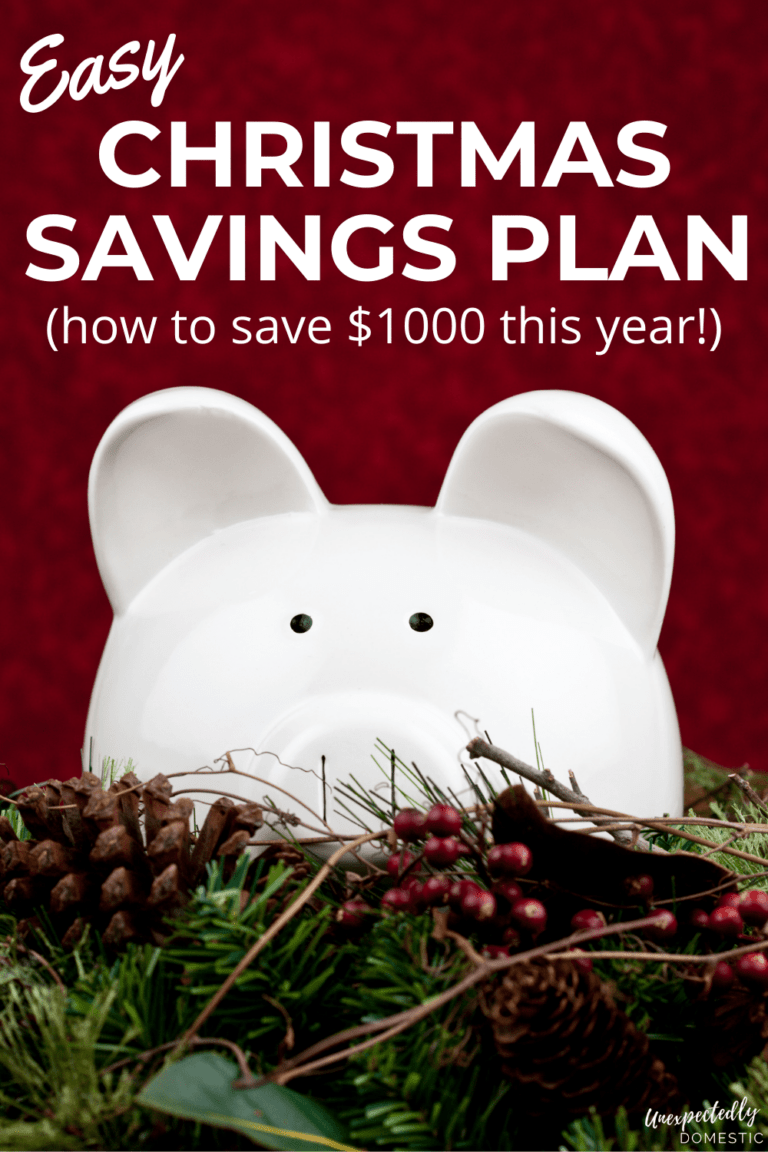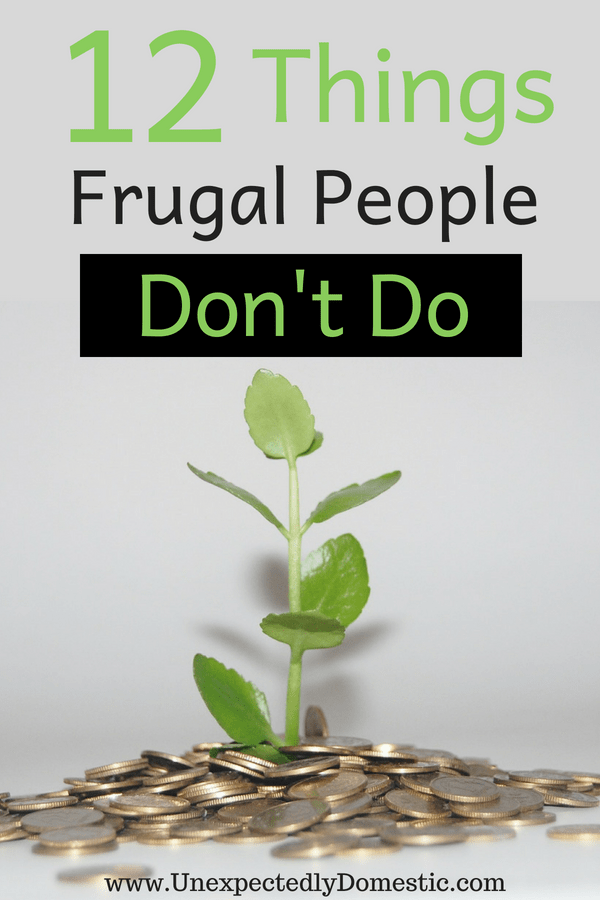Budgeting for Beginners: A Step by Step Guide to Getting Started
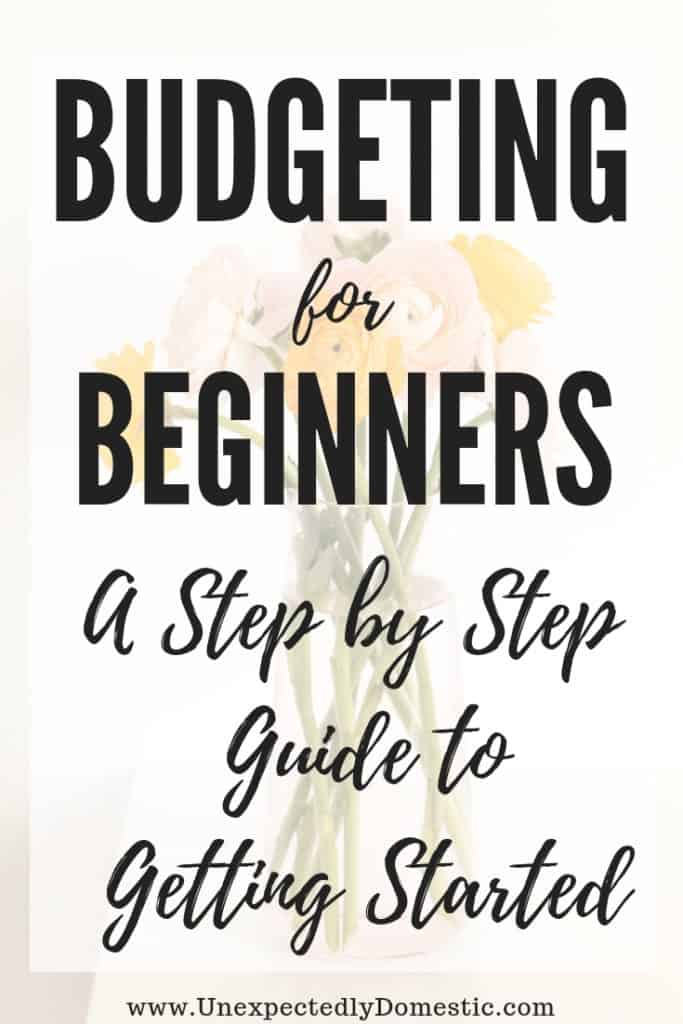
I know, I know. Budgeting just isn’t the most exciting topic. But hear me out! You (and your bank account) can benefit in a big way from creating a simple budget. In case this is all new to you, here’s a guide to budgeting for beginners.
Included are some budgeting printable worksheets to get you started!
First, let’s look at why the heck you should even bother having a budget.
Budgeting for Beginners: A Step by Step Guide to Getting Started
You May Also Like:
- Where to Start When You’re Flat Broke
- 10 Money Myths that are Keeping You Broke
- How to Finally Get Control of Your Finances
- 12 Things Frugal People Don’t Do
👉 Join our FREE 3 Day Budget Quickstart Challenge! It’ll walk you through creating a custom budget for YOUR exact situation.
What are the advantages of budgeting?
The benefits of budgeting lie in the act of having a plan. A budget it just a plan for your money. That plan takes the stress and anxiety out of managing your finances.
It switches your financial focus from immediate, short-term, and reactive spending to a long-term frame of mind. Quite simply, it changes your perspective.
Just like you wouldn’t build a house without a blueprint, your money habits will be haphazard and reckless without a road map.
If you feel rather clueless as to where your money goes, drafting a plan for it is the exact thing you need!
Having this plan ensures that you have money for the things you need and want. It will help you create a system to stay out of and pay off debt.
How do you create a budget?
Budgeting for beginners can be broken down into two main phases:
- Tracking what you have been spending
- Planning for how you will be using your money going forward
Tracking your spending
To get a sense of where your money has been going, look back at your bank account and credit card transactions for at least the past month.
These aren’t your monthly bills, but rather the miscellaneous amounts of variable expenses that you have control over.
Go through the list of your transactions, and write down the date and amount for groceries, eating out, clothing, and miscellaneous spending for the past month. Then total each column.
Example for a month of spending:
- Groceries: $700
- Restaurants, bars, & fast food: $400
- Clothes: $120
- Miscellaneous (Uber, Starbucks, lotto tickets, convenience store snacks, etc.): $250
- Total: $1470
You may be shocked by the total when you add it up, but it’s important to have a starting point. You can trim your spending going forward.
Now that you have a better sense of where your money has been going, let’s create a budget. Stick with me, it isn’t really that difficult!
Creating a monthly budget
Step 1: Calculate your monthly income
Write down your monthly income from all sources. This includes your regular paycheck, plus any money your partner brings home, and what you earn if you have a side hustle.
Use your take home pay for this. That’s what you earn after taxes and other paycheck deductions. If your pay isn’t always exactly the same, you could either take an average of what it usually is, or base your budget on the lowest amount you earn.
Example:
- Income 1: $2,500
- Income 2: $1,500
- Extra income: $240 (ie. side income earned from mowing 3 neighbors’ lawns a week.)
- Total income: $4,240 a month
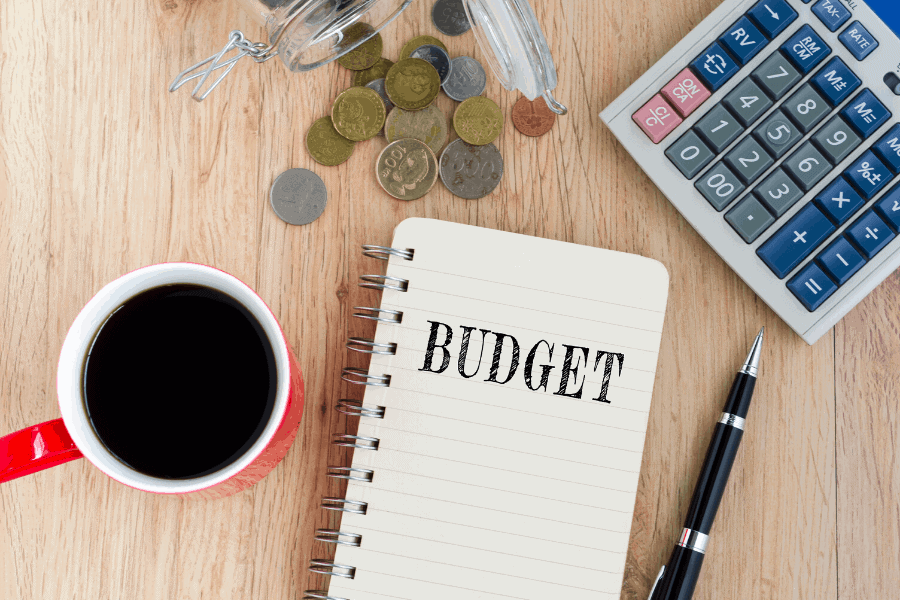
Step 2: List your fixed expenses
A fixed expense is one that is the same every month. Your mortgage or rent, car payment and insurance, utilities, cell phone, cable, etc. are usually fixed expenses.
If your electric/gas provider offers it, enrolling in their ‘budget-wise’ program can make budgeting easier. They take an average of all your monthly utility bills, and you pay the same amount each month. That way you don’t get any surprise $300 bills when the weather gets particularly hot or cold.
Once you have your fixed expenses listed, add them up.
Example:
- Mortgage: $1200
- Utilities: $300
- Cell: $200
- Internet: $80
- Car payments: $600
- Car insurance: $180
- Student loan payment: $250
- Credit card (minimum payment): $29
- Netflix, Hulu, and Spotify: $27
- Total: $2866
Step 3: Discover what’s left
Now that you’ve added up your income and totaled your fixed expenses, subtract the expense total.
Total income – fixed expenses = variable spending
$4,240 – $2,866 = $1374
Remember how you tracked your miscellaneous spending earlier? Take a look at that total. If yours looks like the example above ($1470), you may start to realize your problem.
If your variable, miscellaneous spending is $1470, but you only have $1374 left in your budget after you pay the bills, you are in the red.
Spending more than you earn is where many people get into trouble. Let’s fix it!

Step 4: Create your financial goals
Now that you’ve taken an honest look at where your money has been going, it’s time to decide how you want to use it going forward.
What is it that you would like to improve about your financial situation? What can you adjust in your spending to make that happen?
If you have debt, such as credit cards, car loans, or student loans, paying those down and eventually off will create more room in your budget. Not to mention the cost of all that interest you’ll save.
Above all else, you need an emergency fund. Having at least $1,000 set aside for inconveniences such as car issues, medical bills, or household repairs is just necessary.
If your short-term financial goals are to pay off your credit card and save money in an emergency fund, maybe your first 4 months of budgeting will include:
- $250 a month saved for emergencies
- Extra $150 paid on credit card
In addition to paying down debt and creating your emergency fund, maybe you would really like to be able to afford a house in a safer neighborhood. Or to go on a vacation this year.
By spending less on those variable, miscellaneous things we talked about, you will find far more cushion in your budget to achieve your goals.
Related: How to Set Goals You’ll Actually Achieve
Step 5: Adjust your spending
Ok, you’ve determined how much money you have left after your bills are paid, and it’s time to decide exactly what to do with it.
Keeping in mind the goals you set, the remainder first needs to be used for food. That means groceries, not restaurants or fast food.
Costly entertainment, such as going to concerts, the movie theater, theme parks, casinos, etc. should be the very last item you budget for.
There are so many inexpensive (or free) ways to have fun, so spending money on entertainment just isn’t a priority, especially if you have debt or very little savings.
Don’t think of any of it as punishment. You’re rewarding yourself by paying yourself first. You don’t work as hard as you do to give all your money away!
Feel empowered by the changes you’re making, because it is completely within your control to adjust your spending. By doing so, you will have a lot more money to use toward those financial goals you set.
How to make a change
If you spend too much at the grocery store, here are 5 ways to save money on groceries (without using coupons).
Or sign up for the Grocery Shopping Makeover Challenge, and slash your grocery bill in just 5 days.
Maybe you ‘don’t know how to cook,’ so you get take-out all the time. Here are 10 cheap and easy meals that ANYONE can make. And these 30 dinners can be made with just 1 lb. of ground beef.
If you wish someone else would plan your meals, check out $5 Meal Plan. For only $5 a MONTH, they’ll send you a weekly meal plan, complete with recipes and a shopping list. It doesn’t get any easier than that!
Let’s take a look at how you could adjust your spending, based on the miscellaneous spending example above.
By learning some grocery store savings techniques, you decide to go with a $450 grocery budget, instead of the $700 you were previously spending.
You start to plan your meals at home instead of eating out all the time, which allows you to cut your restaurant total in half.
Maybe you choose not to go to the mall or convenience store this month, probably saving yourself at least $150.
Using those examples, you would shave $600 off your spending. That could go into your emergency fund or toward your credit card debt.

Optional Step 6: Earn more money
If you have far more bills than you have money, and you can’t (or don’t want to) cut back much on spending, consider earning more money.
You no doubt have a skill or two that someone would be willing to pay for. There are a lot of people who have more money than time, and want to pay for tasks taken off their hands.
Here are 21 ways to earn extra money to give you some ideas.
In conclusion
We did it! Now that you’ve followed this budgeting for beginners guide, you can create your own smart financial plan.
You have tracked your previous spending, totaled your income and fixed expenses, set new financial goals, and planned out how you will spend any remaining money.
You have created a budget! That’s really all there is to it.
Keep in mind that just like you can’t go to the gym once and expect to stay fit, you should take a look at your budget often.
It’s almost like a living thing, that can (and should) be adjusted on an ongoing basis. In fact, making a new one every month is a good idea if your income or expenses change often.
If you’re interested in some more resources for managing your money like a rock star, check these out:
- The Total Money Makeover
- Love Your Life, Not Theirs
- I Will Teach You To Be Rich
- The 9 Steps to Financial Freedom
Hopefully you can see the advantages of having a budget now. And feel empowered to make a change in your financial health.
Cheers to the new, budgeting you!
P.S. Don’t forget to join the FREE 3 Day Budget Quickstart Challenge! It’ll walk you through creating a custom budget for YOUR exact situation.
You May Also Like:
- 7 Ways to Pay Your Mortgage Off Early
- 10 Best Ways to Spend Your Tax Return
- 20+ Amazing Money Saving Resources
- The 13 Habits of Financially Successful People
